|
Departing for Coconut Island What is it like to spend 24 hours on a private island in beautiful Kāneʻohe Bay conducting scientific field work? A group of my 7th grade students from Le Jardin Academy just found out. I had the privilege of bringing 15 students, all stoked on marine science, to the Hawai'i Institute of Oceanography (HIMB) on Moku o Loʻe (Coconut Island) for an overnight trip. Scientists from all over the world come to HIMB to access the marine environments and utilize their world-class laboratory facilities. Saturday afternoon, our group took the quick shuttle boat rides over to the island to begin our own marine science adventure. Setting Up Camp Our guide Leon from the HIMB Community Education Program welcomed us to the island and, after a safety briefing, everyone got to work pitching tents and organizing our gear. We had a long day (and night) of science ahead of us, so we had to get camp set up. We were all happy to be on the island and were impressed with the view from our campsite! Touring the Hawai'i Institute of Marine Biology Next, Leon gave our group a comprehensive tour of Coconut Island and the public areas of HIMB, sharing information not only about their current oceanographic research projects but also about the fascinating history of the 28-acre island. Students were impressed to learn how the island has evolved over time. Some of the island's uses include: an outpost for native Hawaiian fishermen; a lavish private estate complete with exotic zoo; and a world-renowned research institution operated by the University of Hawai'i. You can read a detailed history of the island here.
Not surprisingly, some of the most popular destinations on the tour were the shark labs. In two different pens, we observed blacktip reef sharks and hammerhead sharks getting fed. We also visited a large enclosure and watched scalloped hammerhead sharks and sandbar sharks cruise below. Students learned about HIMB's current shark research projects involving shark-human interactions, spawning migrations and foraging strategies of top predators, and digestive physiology and navigational abilities of sharks. Students gained a new appreciation for our local sharks; in fact, Kāneʻohe Bay is an important breeding ground for the hammerheads. You can read an overview of the research conducted at HIMB's labs here. Setting Up Our Coral Larval Experiment Next, we joined graduate student Raphael Ritson-Williams of HIMB's Gates Lab. In his graduate work, he is studying how corals respond to local and global stressors, including climate change, and he told students about the recent coral bleaching events in Kāneʻohe Bay. Raphael also explained his work in larval ecology, and he gave us the unique opportunity to participate in an actual coral larval experiment that was set-up in the lab's outdoor seawater system.
Getting in the Water... Now it was time to get in the water and explore the bay! Raphael and I explained how scientists quantify habitat and biodiversity in different environments, including coral reefs, by conducting a transect survey. Students grabbed their transect lines and quadrats and used these real scientific tools to survey an area of coral reef next to the island.
Conducting a Night Plankton Lab Once we got cleaned up, the sun began to set and it was time for dinner. We had to fuel up before our night plankton lab. We were not done science-ing yet!
We found that blue LED lights attracted more plankton than the red...Do you know why?
Rising and Shining The sun rose and so did our group this Sunday morning. We only had four hours left on the island and we wanted to make the most of it. After packing up camp and eating breakfast, we were ready for action. Counting Coral Larvae We have babies! I am happy to report that many of the corals in the experiment released larvae overnight. Students worked together to count hundreds of coral babies and then shared these data with Raphael. We all appreciated observing the tiny planktonic coral larvae, a life stage of the animal not usually seen.
Giving Thanks A big mahalo to the 15 7th graders on this marine science enrichment trip. I appreciated your enthusiasm and cooperation during our time together on Coconut Island. Your insightful questions, passion for field work, and clever humor made the trip a success! I hope this experience has inspired you to care for our ocean and possibly pursue a career in marine science. And a big mahalo to each of the following people:
Jeffrey
4/11/2017 12:24:49 pm
This looks like such a cool adventure. My favorite part would also be the shark tanks. Next year I would love to go, this looks like such an amazing opportunity that I would one day love to experience.
Keenan
4/11/2017 12:25:32 pm
This looks so FUN!!! I wish I can go next year.
Tehani Nuʻuanu
4/11/2017 02:18:38 pm
WOW! I can't wait to see those sharks, they look so cute! I can't wait to go there next year!
Maile
4/11/2017 02:18:55 pm
This looked like so much fun and I would love to go next year!! What did you do with the coral when you were done conducting your research? Was the coral healthy and doing well? Was the amount of larvae average, under the average or over abundant?
Ms. V
4/11/2017 11:28:37 pm
Maile, Great questions! The coral larvae will be used in experiments to test settlement preference--that is, Raphael is trying to figure out what chemical cues the larvae use to determine a place to settle and grow. The amount of larvae can sometimes be in the thousands for an experiment this size! We were likely a few days early for that type of abundance. The coral we used was healthy. Mahalo, Ms. V
Tea
4/11/2017 02:19:27 pm
I thought it was really cool that they got to look and touch a bunch of sea animals in the touching fish tank. I want to touch a sea cucumber because I feel like it would be really cool to touch.
Kameron
4/11/2017 02:19:34 pm
When did you find the sharks?
Ms. V
4/11/2017 11:29:58 pm
Kameron,
gwen
4/11/2017 02:19:58 pm
I wish i could go next year because it looks really fun and looking for baby coral sounds fun.
Ellie
4/11/2017 02:22:07 pm
I thought that it was super cool that they got to to observe the ham head sharks and that they got to scuba dive and obverse things them self. I also thought that the setting was super pretty
John Ryan Myrdal
4/11/2017 02:22:21 pm
This looks like such a great time! I really like the coral larva activity and the plankton catching experiment with different lights. I can't wait to have this opportunity next year.
K
4/11/2017 02:26:05 pm
Cool. I cant wait.
Catherine
4/11/2017 02:27:32 pm
This looks so much fun, I hope I get to do it next year! I loved looking at the cool unique pieces of coral. What did you all learn about the coral?
Ms. V
4/11/2017 11:33:01 pm
Catherine, We learned about the anatomy of coral animals, as well as their reproduction strategies. We also discussed how our corals are in danger because of local stressors like increased sediment in the water and global stressors like increased ocean temperatures due to climate change. Mahalo, Ms. V
Reid
4/11/2017 02:28:54 pm
This looks so fun! I think my favorite part was the shark tanks. It looks fun when you set up the plankton traps. I really want to go next year! #becausescience
Sydney
4/11/2017 02:29:04 pm
I found this to be an amazing informative article, I am so exited and hopeful to be fortunate enough to go along. Marien biology has always been my favorite study. The water is so beautiful and learning more about the waters in Hawaii is an amazing opportunity. Getting to research about plankton and seeing all these different species of coral seems like such an amazing opportunity.
Keaton
4/11/2017 02:29:36 pm
I am really jealous that the sixth graders couldn't go but I cant wait to see if I can go see it this summer and hopefully go next year. I also liked how we get to spend the night and also do several labs there and see all the sharks and looking at the plankton. I can wait till I can!!!
Jenna
4/11/2017 02:31:18 pm
This was such an amazing web sight I thought it was well describing of the trip and I learned a lot from it. I really hope that I am able to go next year.
Abraham
4/11/2017 04:11:30 pm
Sick, trip. Awesome trip for science. Lets do it again
Campbell
4/11/2017 04:12:29 pm
'Twas Muy Muy interesante! Very fun and WOW what a nice hat I had
David
4/11/2017 04:17:25 pm
Nice hat indeed.
Ms. V
4/11/2017 11:34:08 pm
Breeze,
Danicka
4/12/2017 11:11:00 am
Haha, We totally did even though we had jelly fish problems!
Lana
4/11/2017 04:15:01 pm
That looked really fun!
Siena
4/11/2017 04:15:35 pm
Wowowow! Such a great trip!
Jessica
4/11/2017 04:17:00 pm
Looks super fun! I wish I could've come
Hayley
4/11/2017 04:18:16 pm
This was really fun! There should be an 8th grade trip next year 2.
Amelia
4/12/2017 11:17:16 am
That would be awesome! It looked so fun!
Elena
4/12/2017 02:12:34 pm
Yes totally agree. Wish I could have been there!
David
4/11/2017 04:18:52 pm
Looks like it was a fun and very educational trip!
Nicky Thompson
4/11/2017 04:19:28 pm
wow this is so cool!!! I wish i could be there
Alex
4/11/2017 04:22:31 pm
I wish I was there...........................>>The Sharks looked so dank
Jason Yee
4/11/2017 04:27:33 pm
Great pics! The trip looks like it was a lot of fun, wish I could have been there!
Alissa
4/12/2017 11:10:18 am
Looks like fun!
Nico
4/12/2017 11:12:02 am
Awesome pics!! The trip looked so much fun! :))
Cat
4/12/2017 11:12:08 am
This was so much fun! I loved learning more about Marine Biology, I really hope I can do it again next year. Thanks Ms. V!
Monroe
4/12/2017 11:13:16 am
Such a fun trip! #TeamDysfunctional :)
Kyla
4/12/2017 11:18:45 am
Sounded like such a fun trip! Hope I can make it to the next one!
Luc
4/12/2017 02:11:35 pm
I wish I could go. I had an all day coding project
Ava Wisnom
4/12/2017 02:12:57 pm
Looks super fun. SO jealous. I love marine science, let me know about any other opportunities.
AManda
4/12/2017 02:13:27 pm
I love this, this looked like so much fun. Comments are closed.
|
AuthorThis blog contains occasional dispatches from my science classroom and professional learning experiences. Thank you for reading! Archives
December 2021
|
|
Cristina Veresan
Science Educator |
Proudly powered by Weebly
|
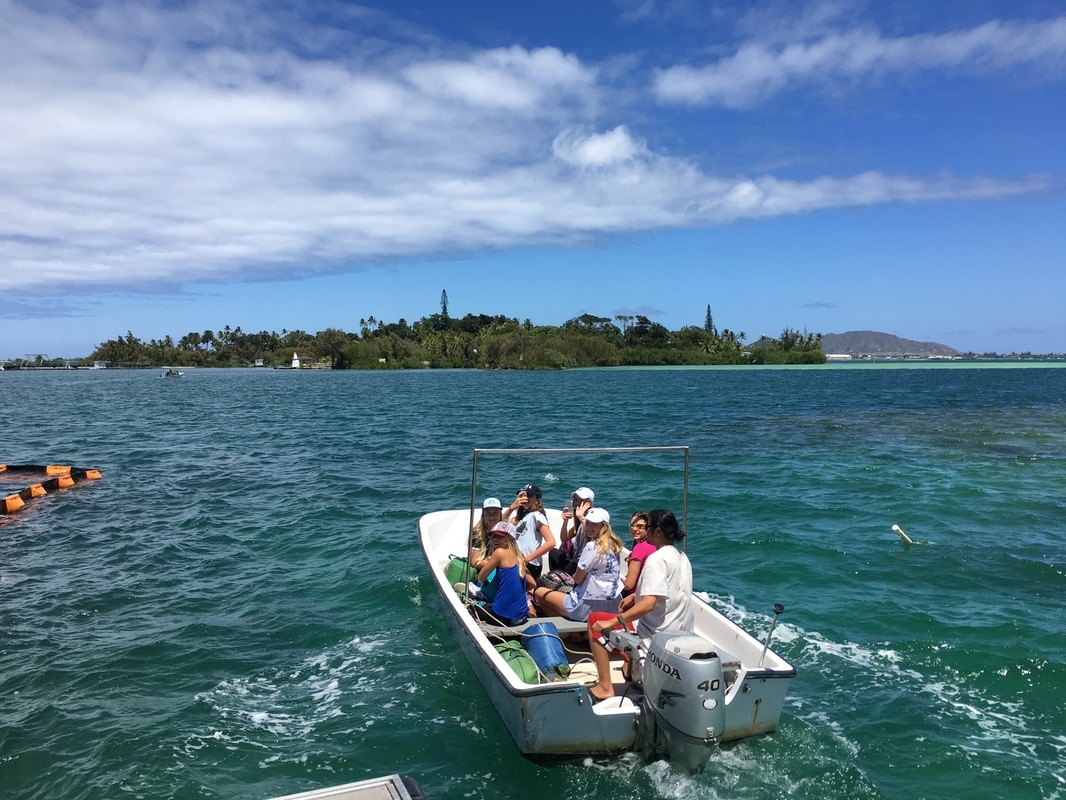
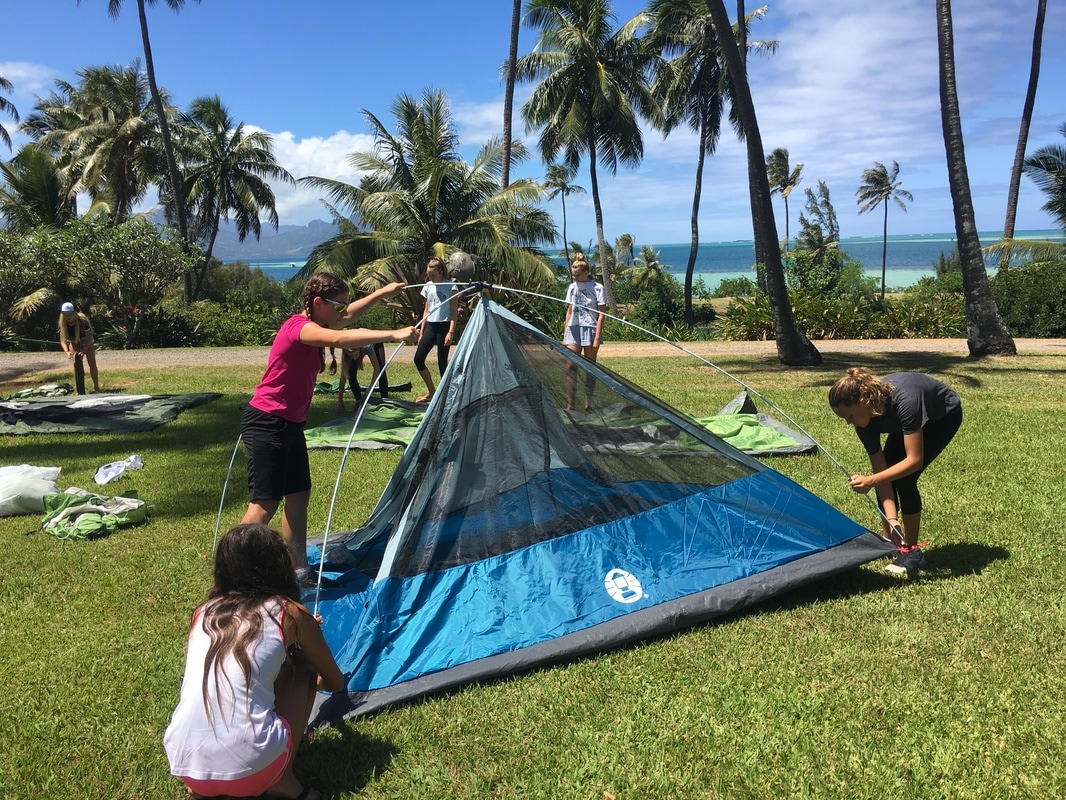
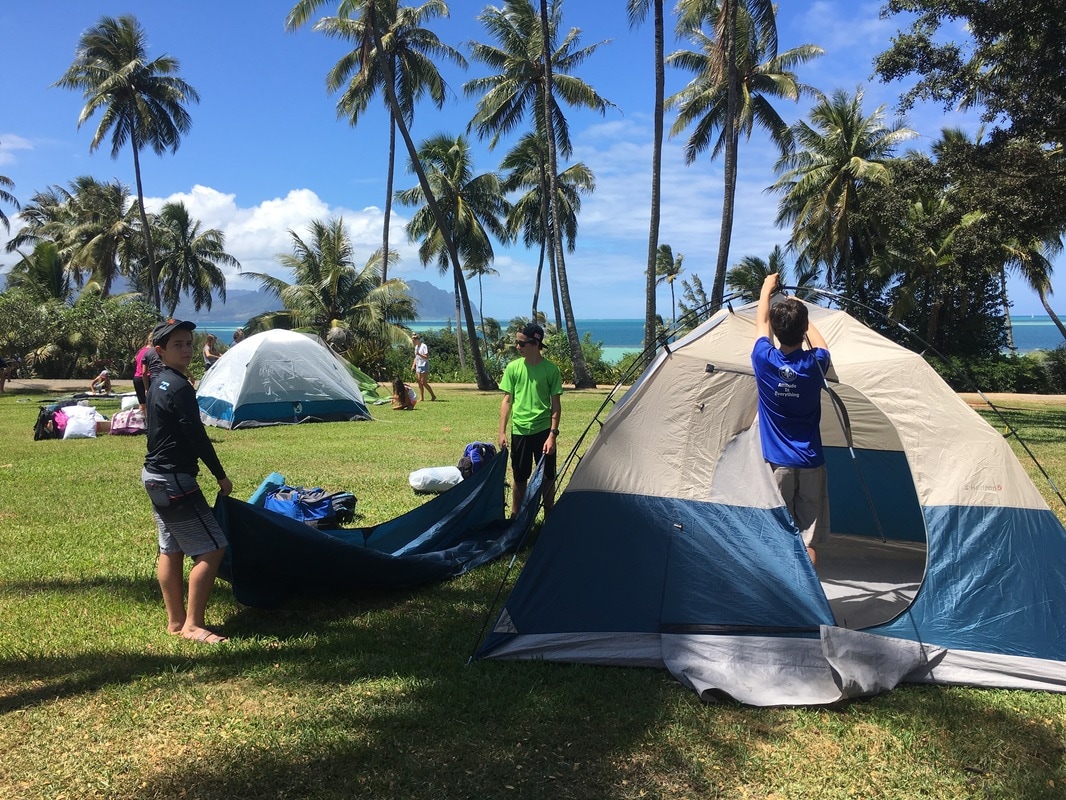
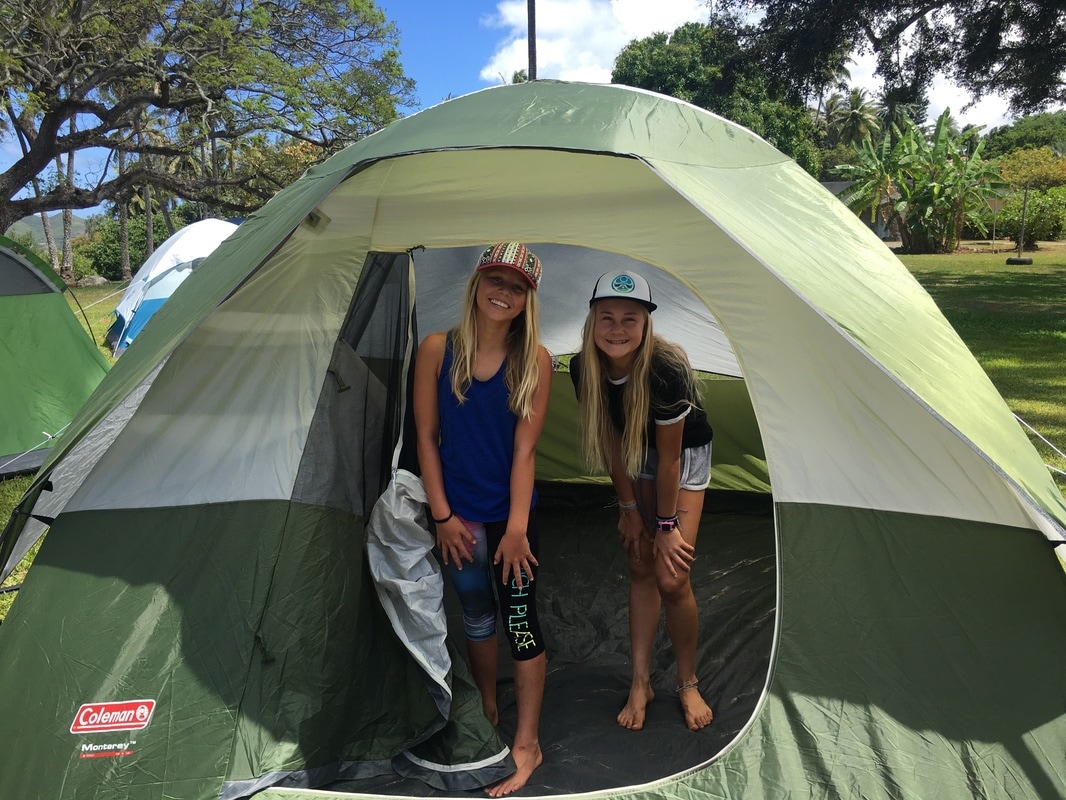
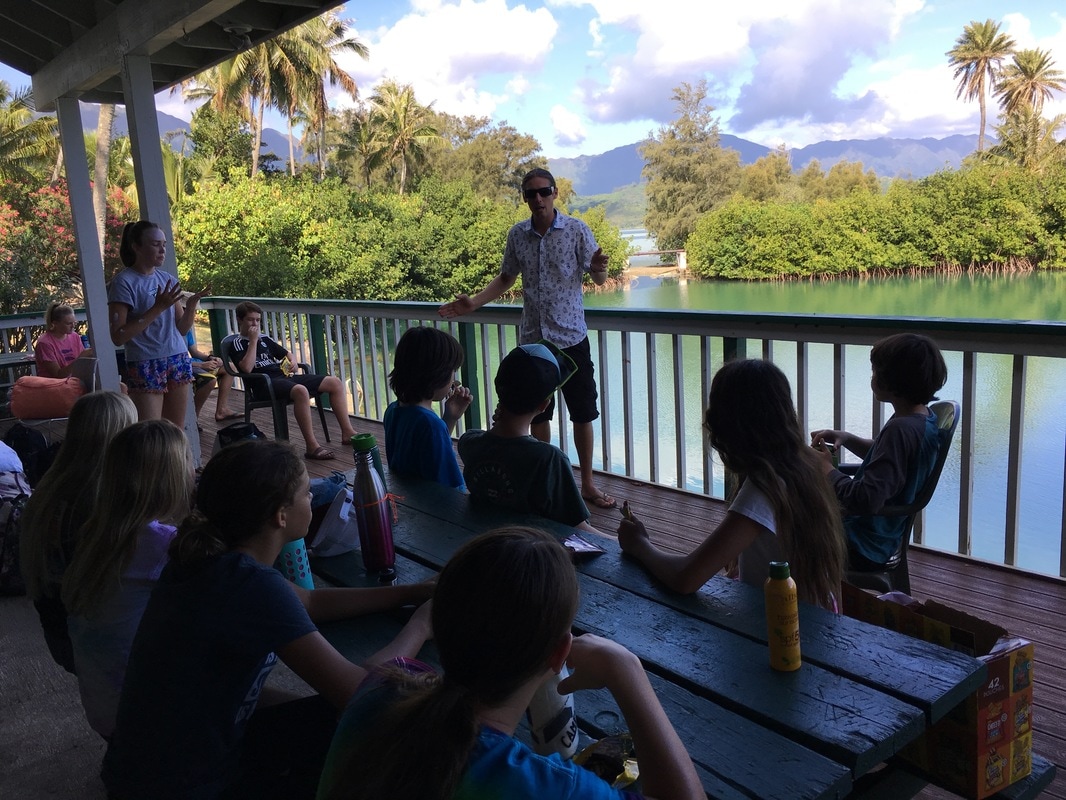
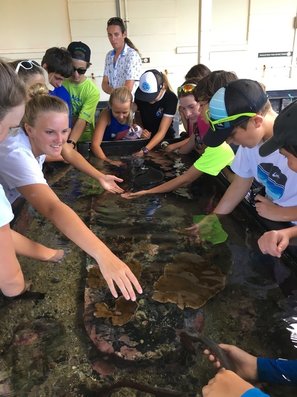
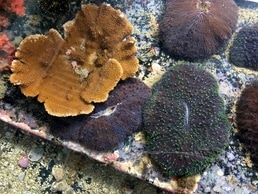
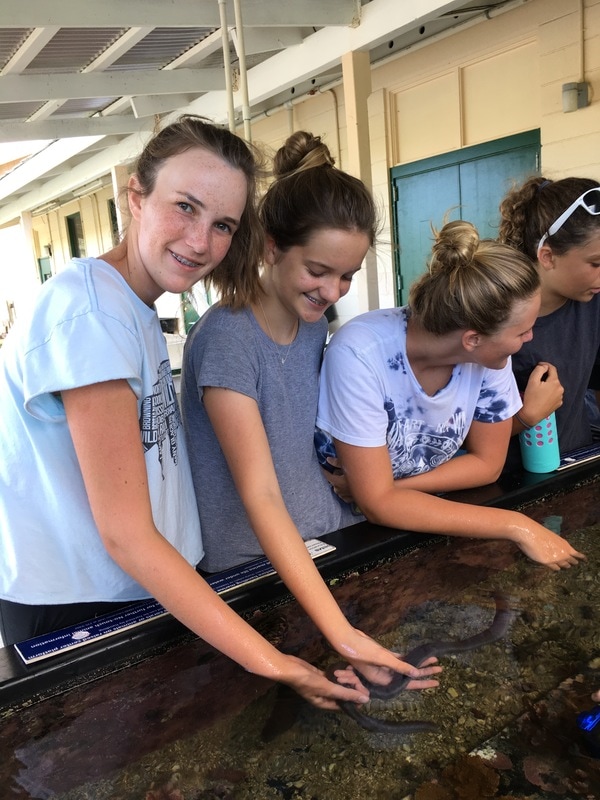
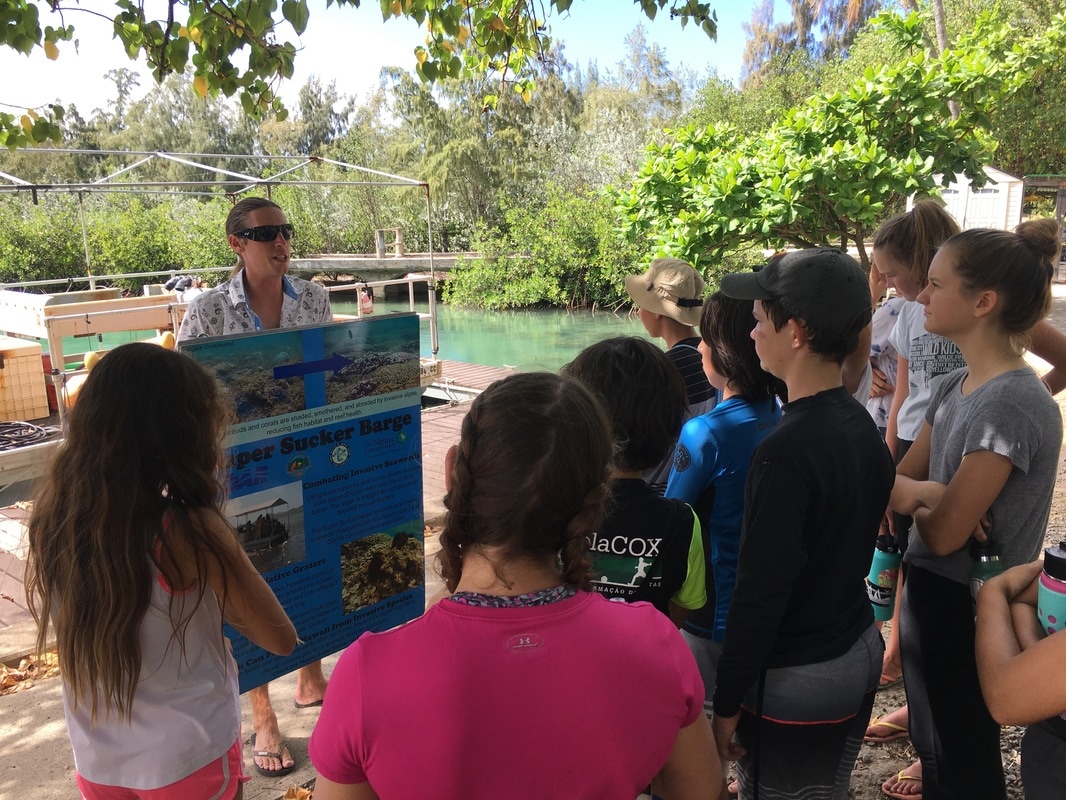
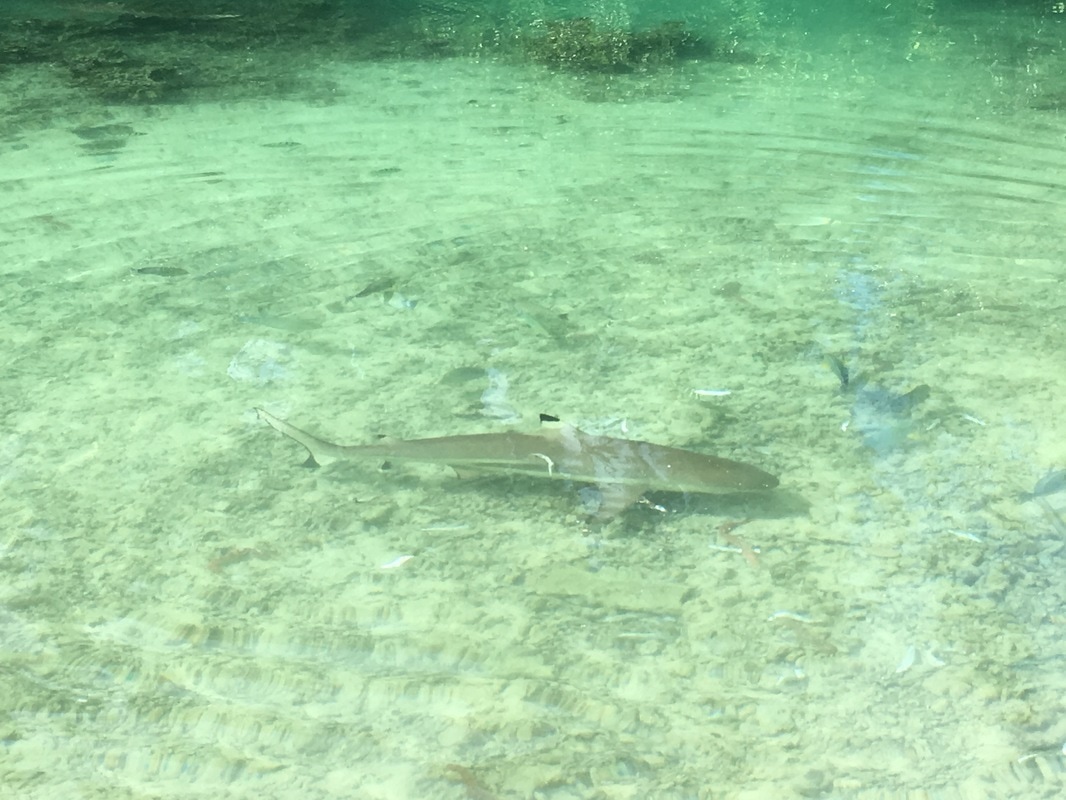
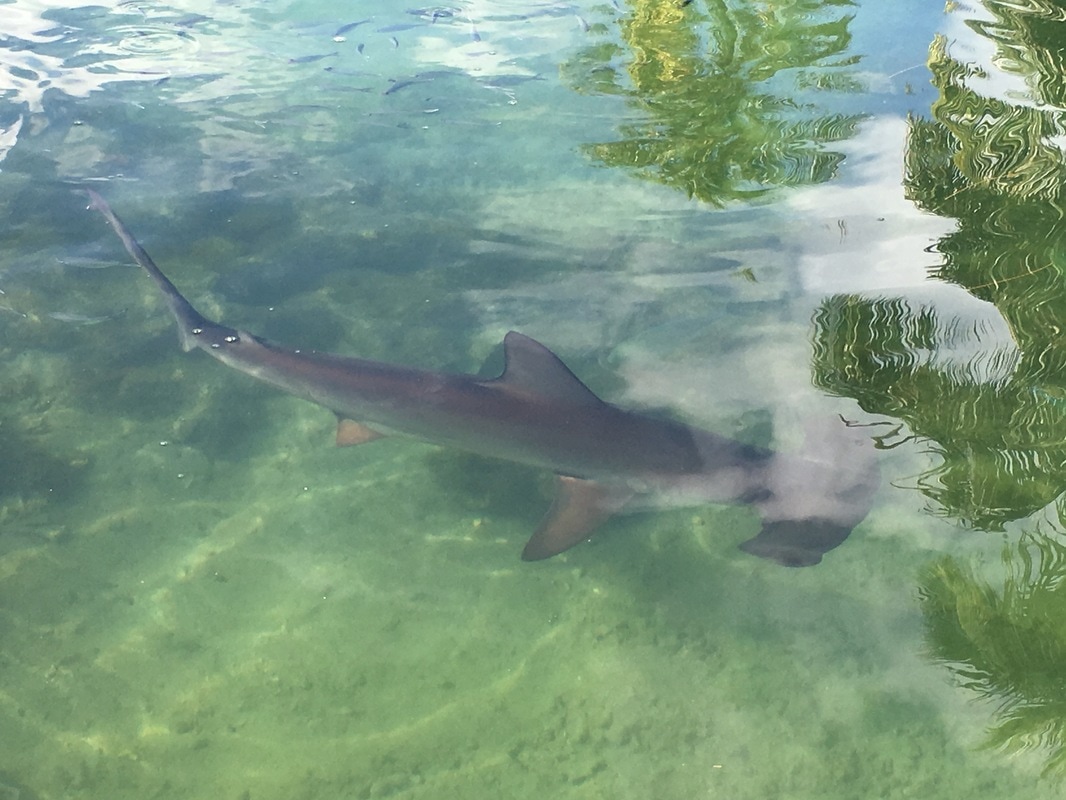
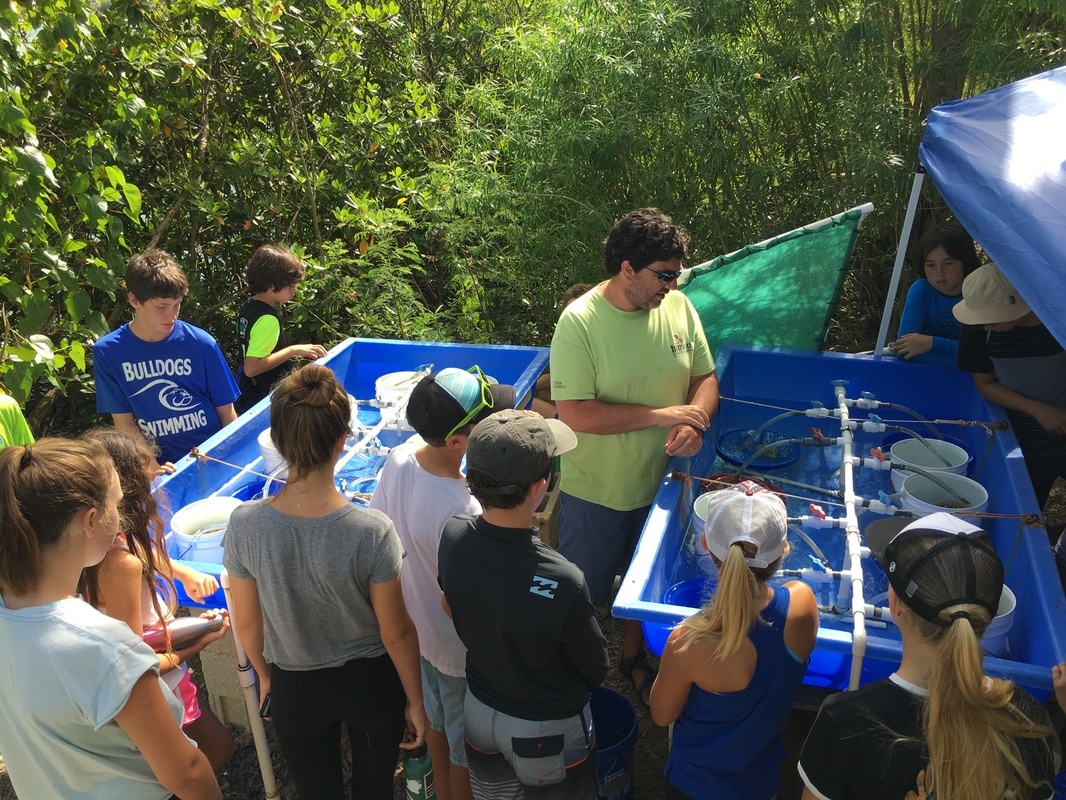
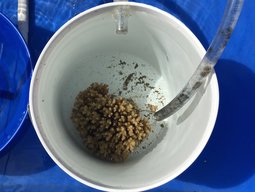
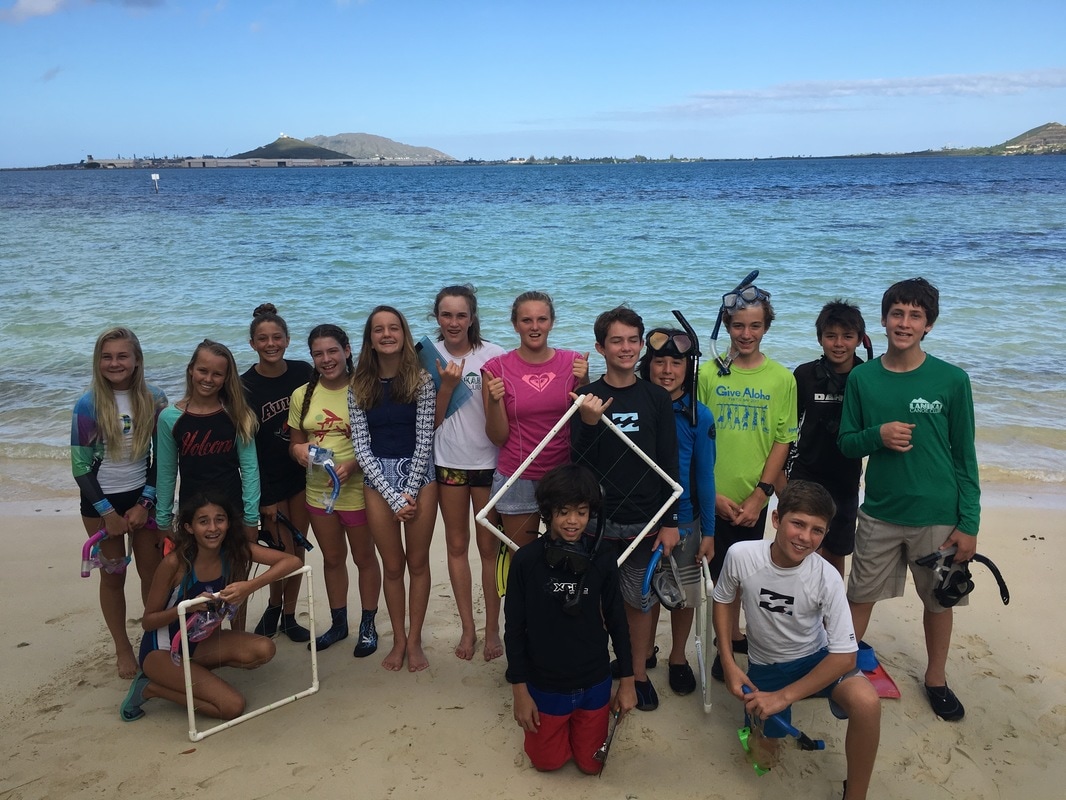
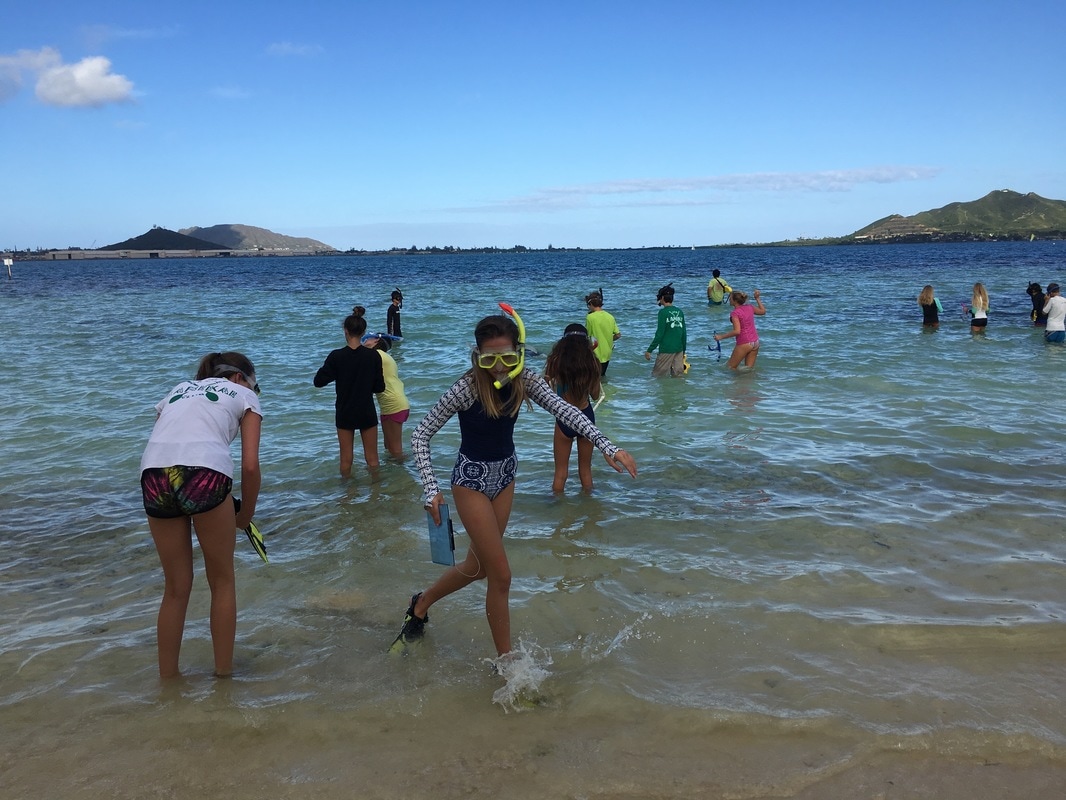
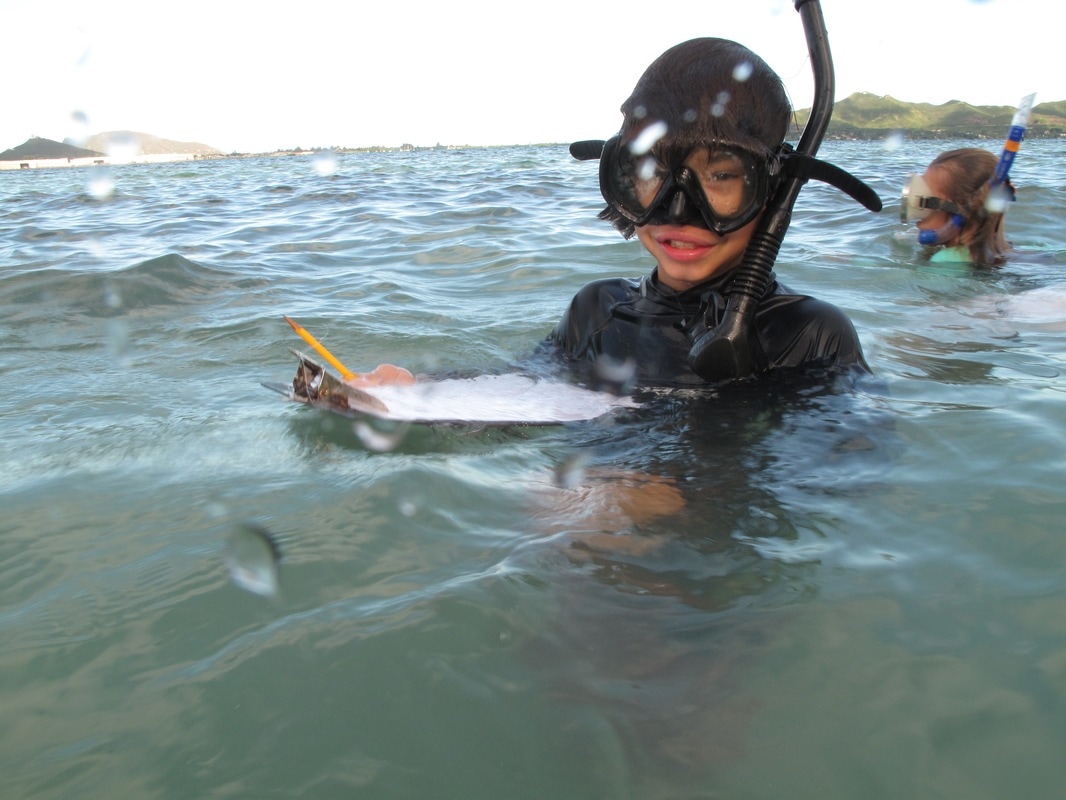
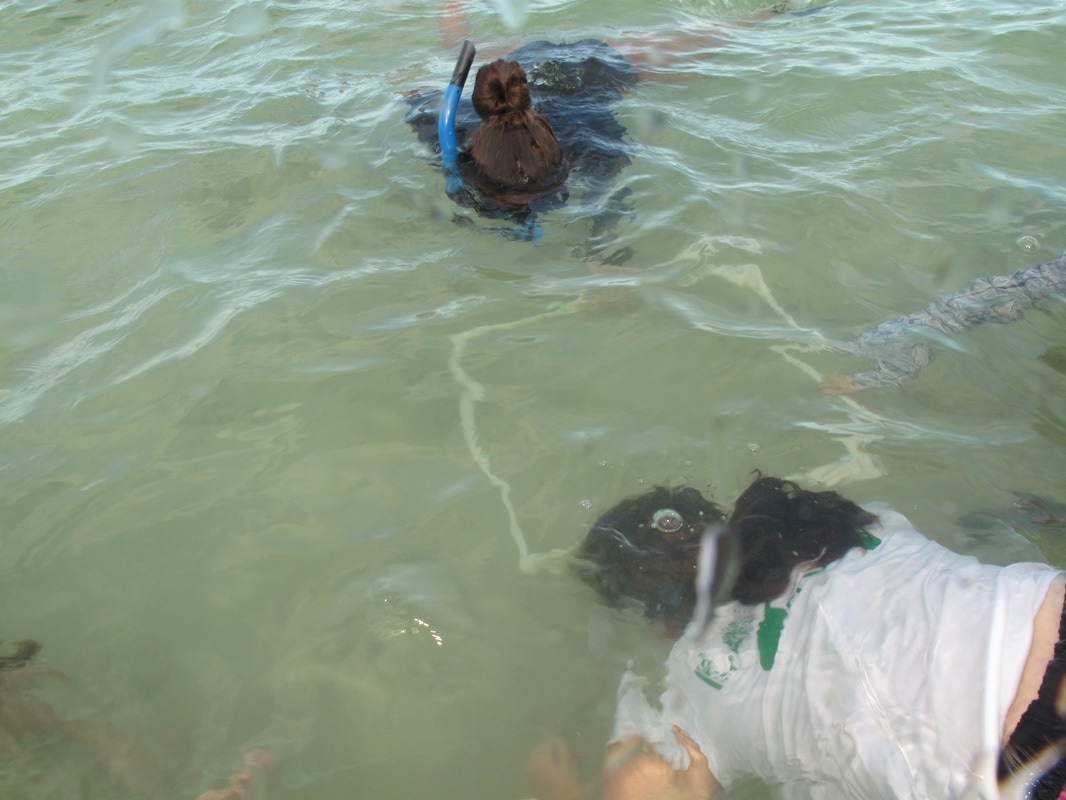
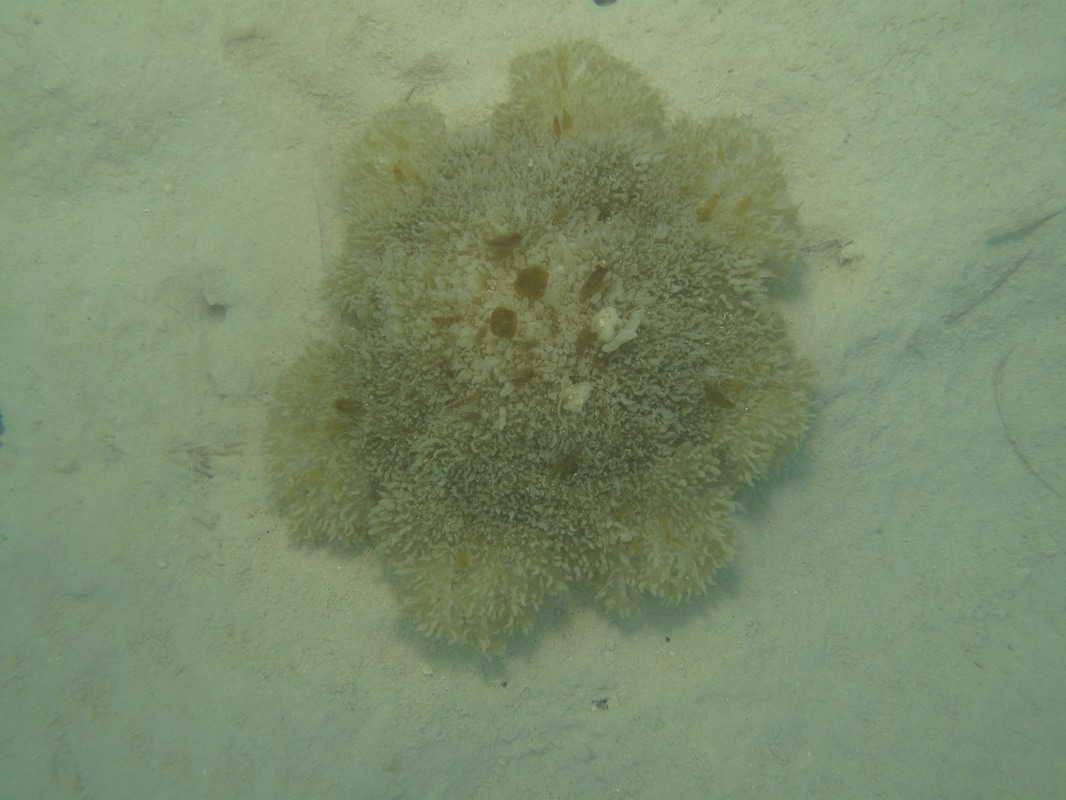
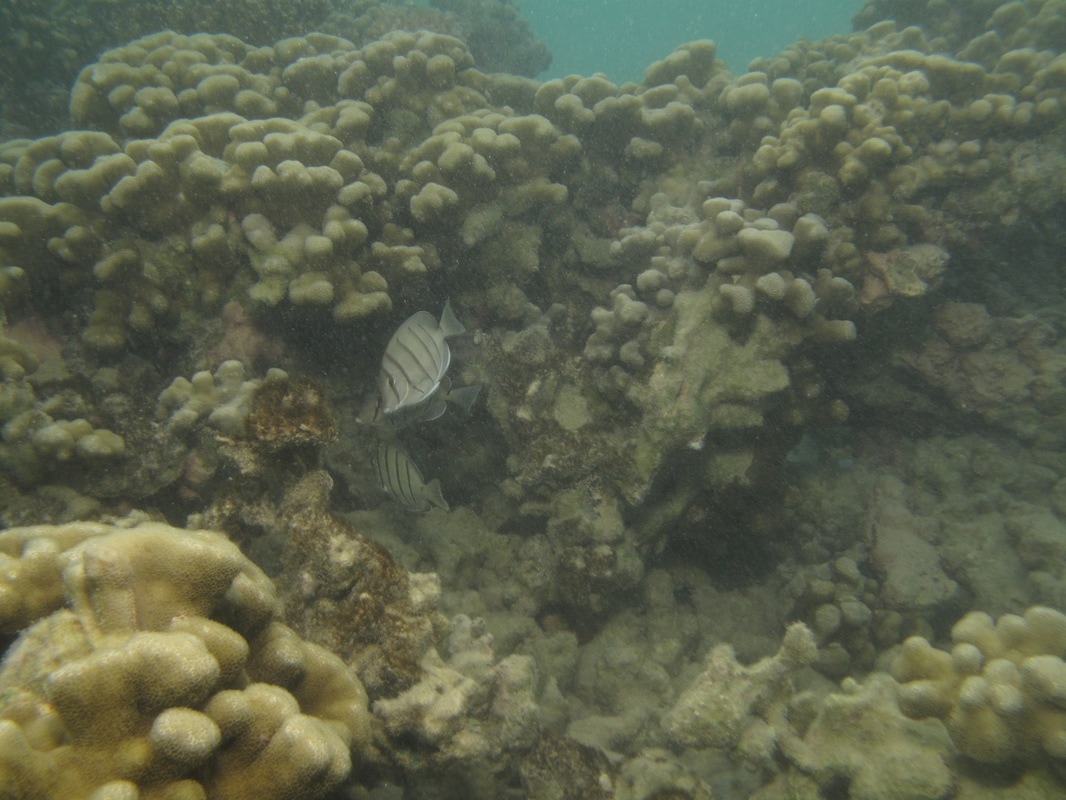
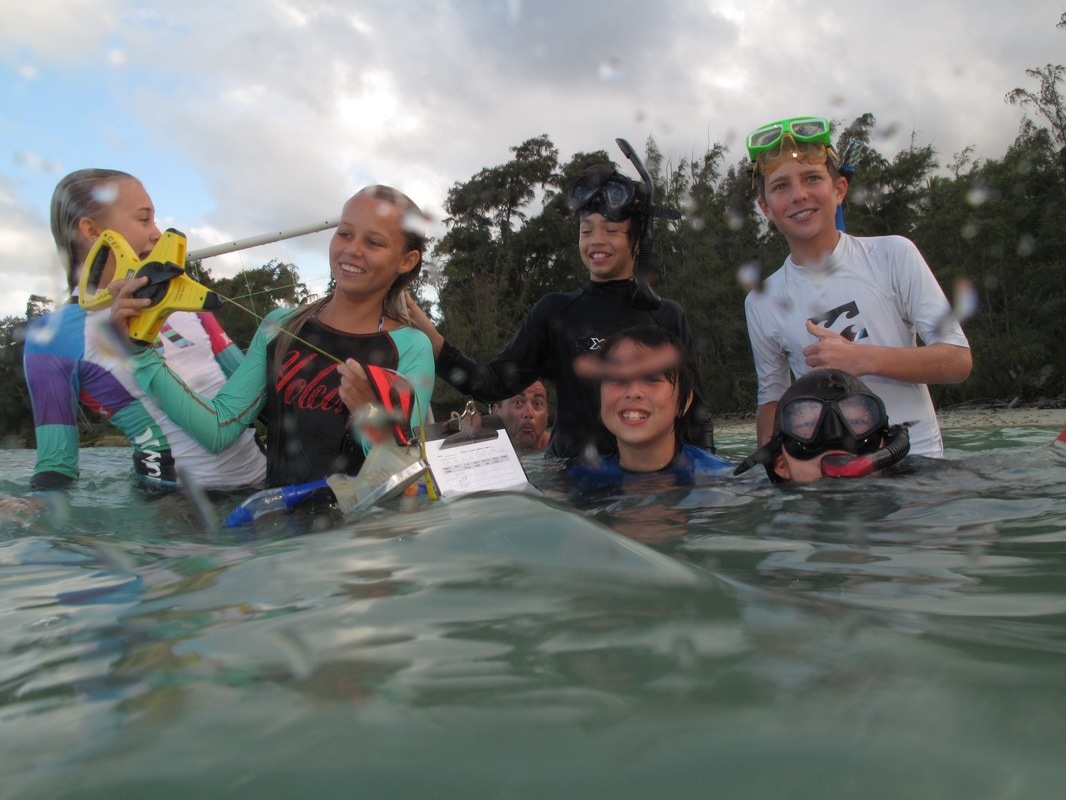
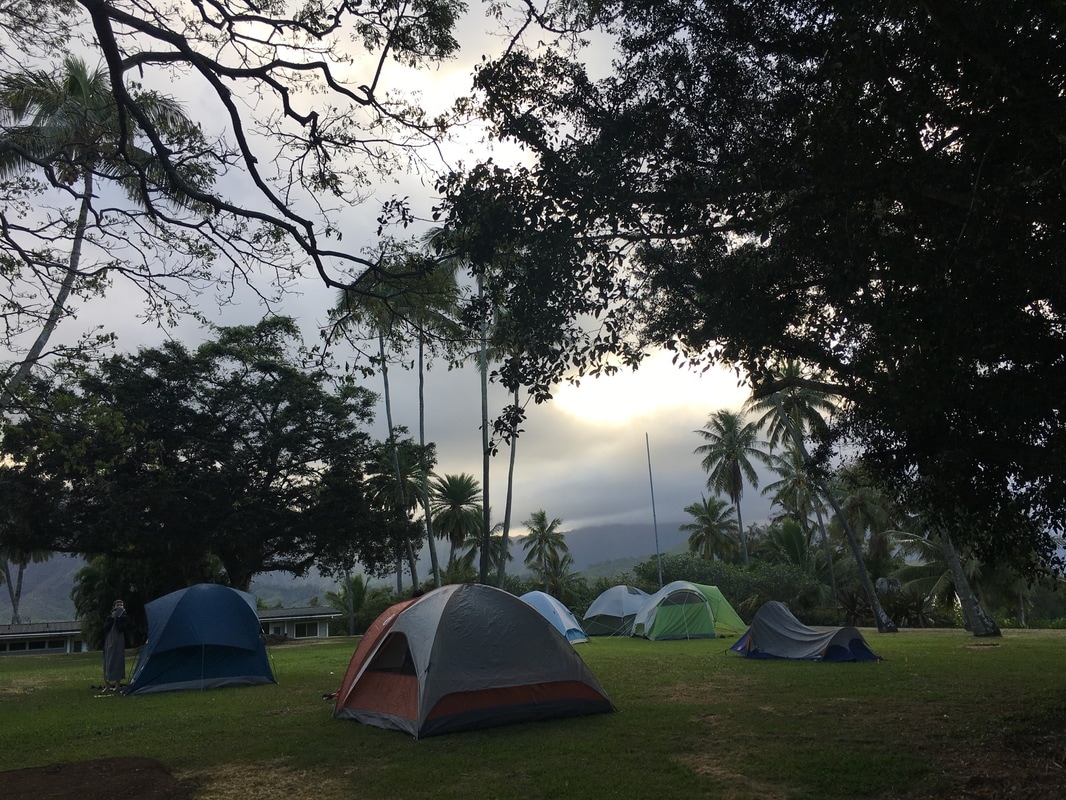
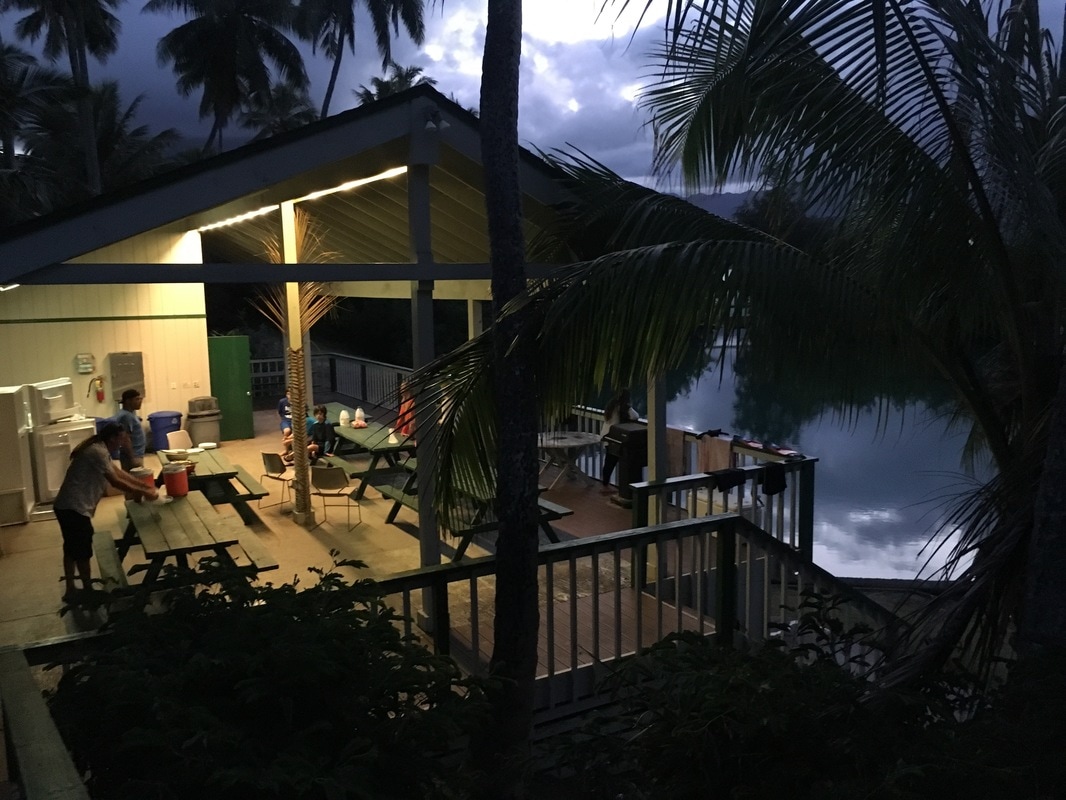
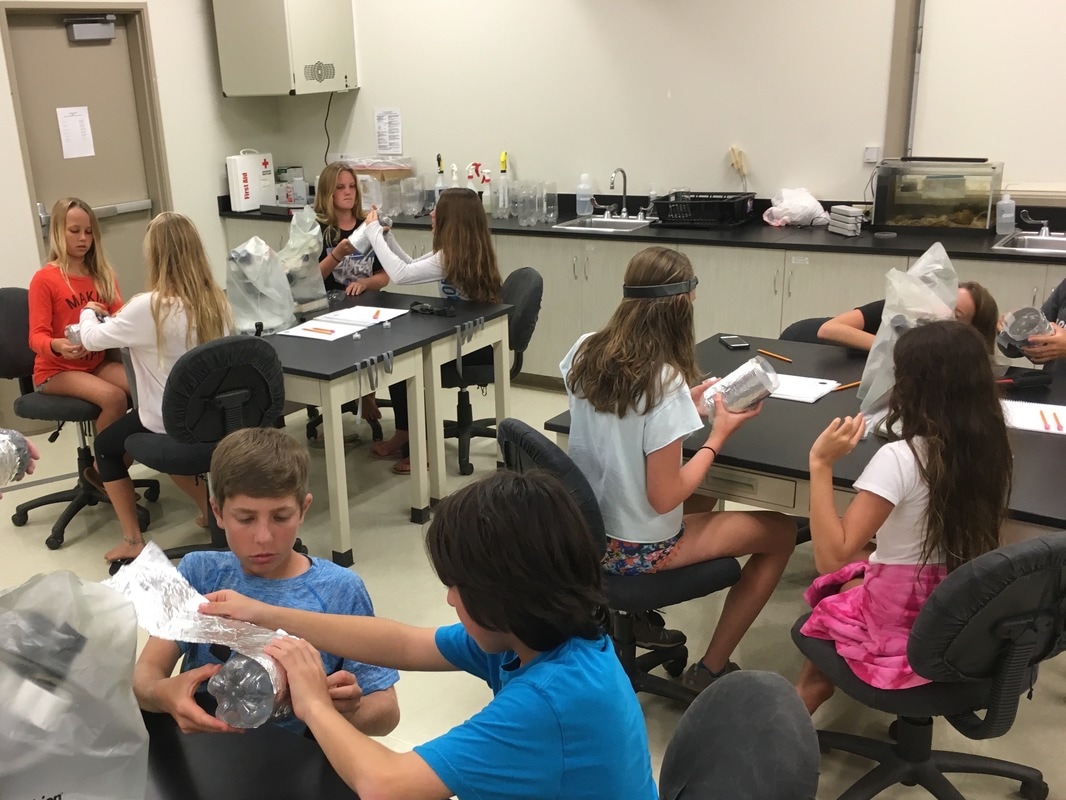
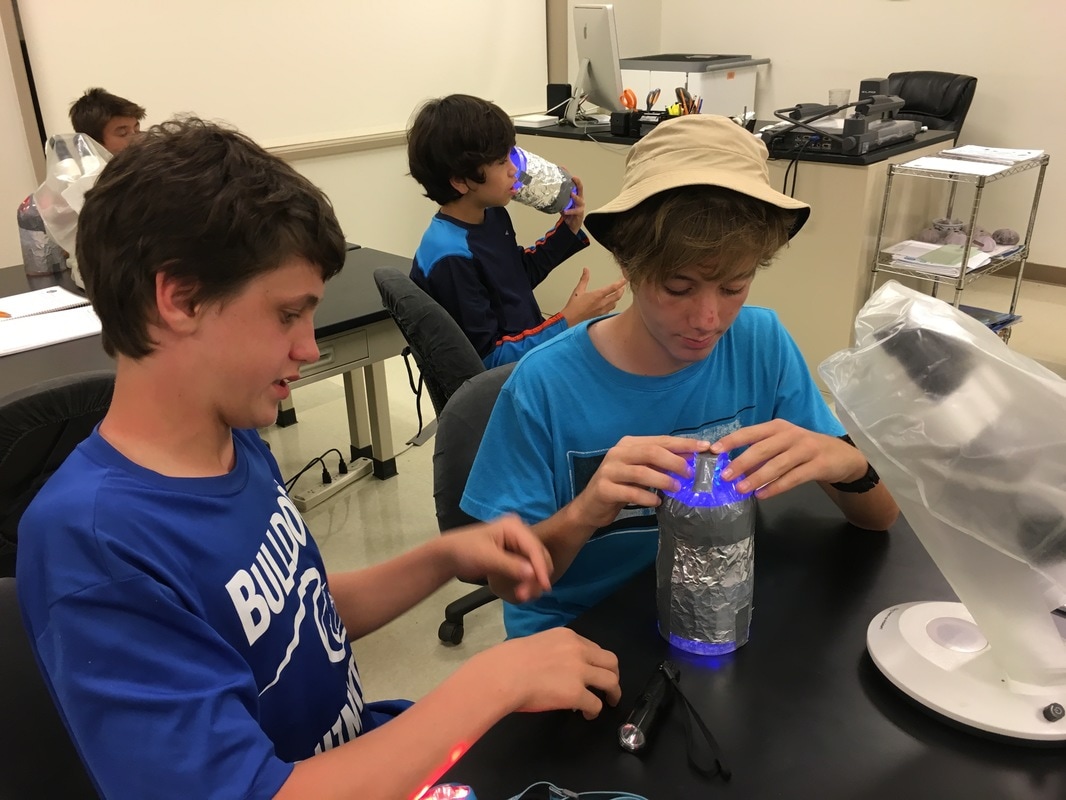
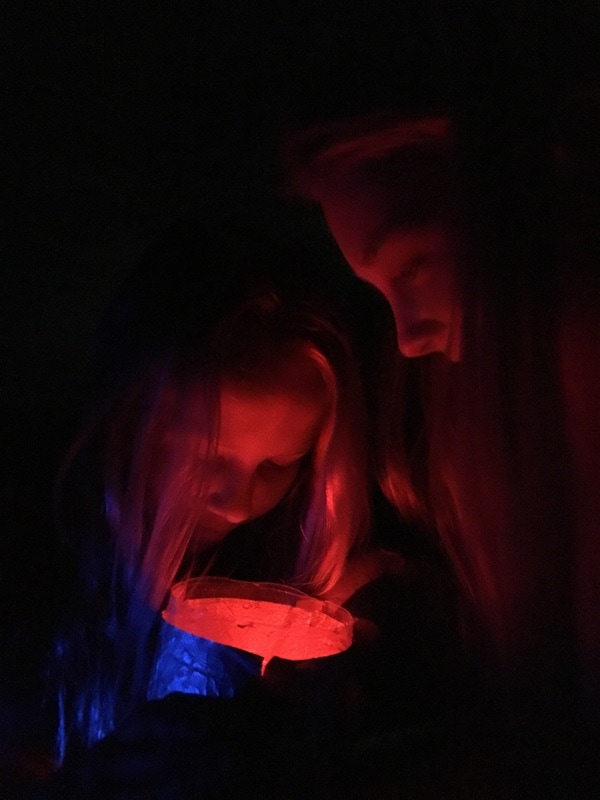
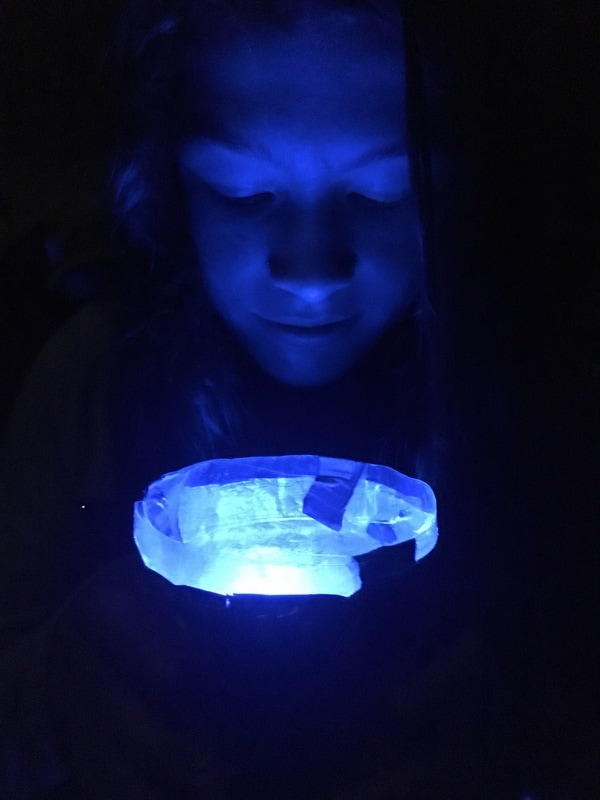
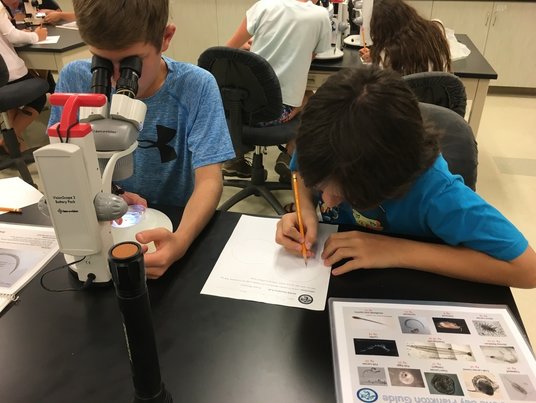
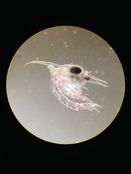
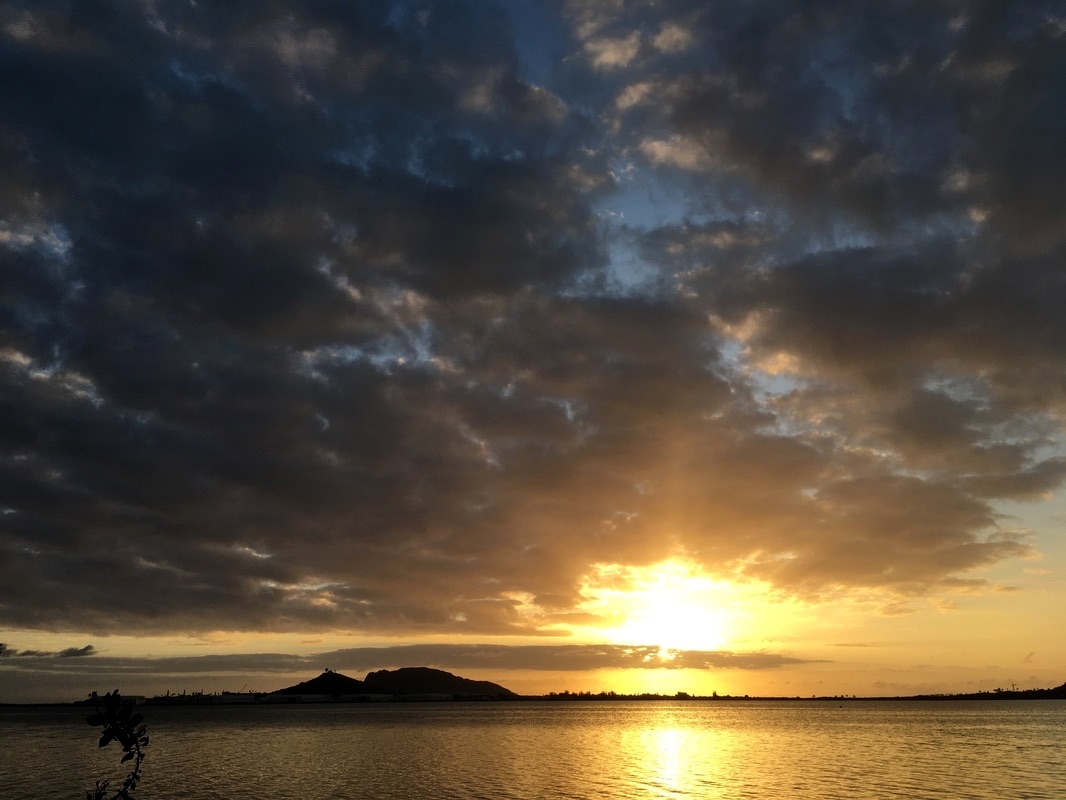
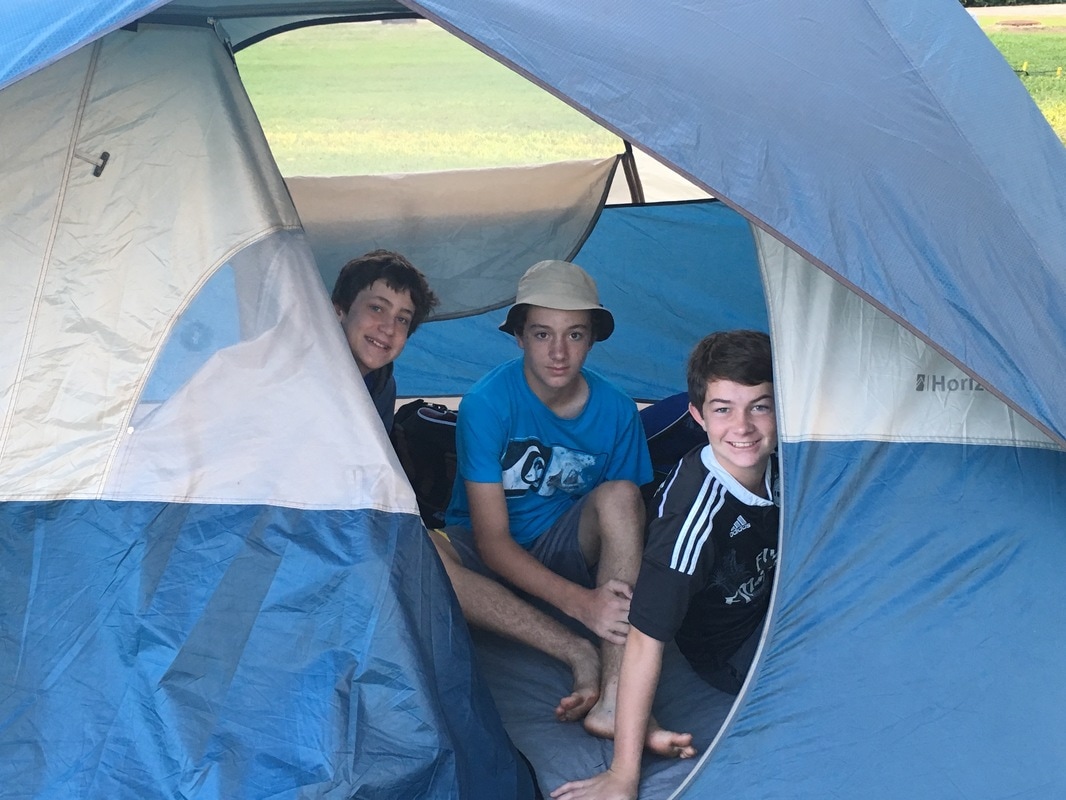
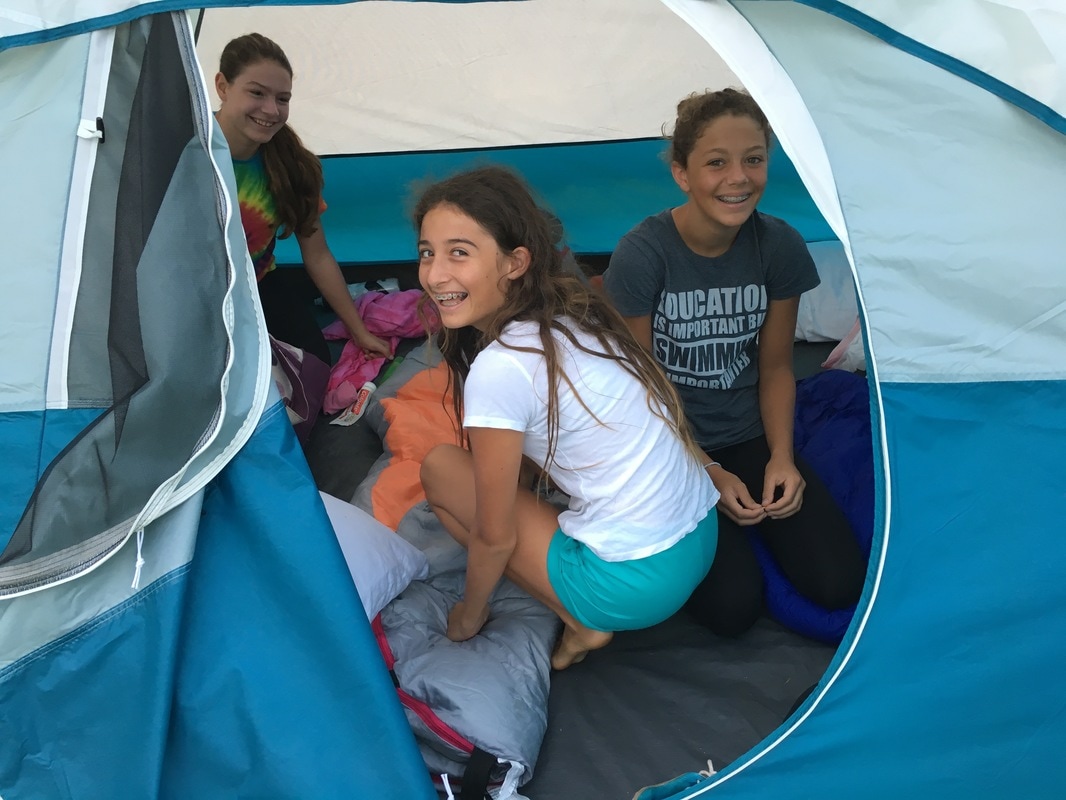
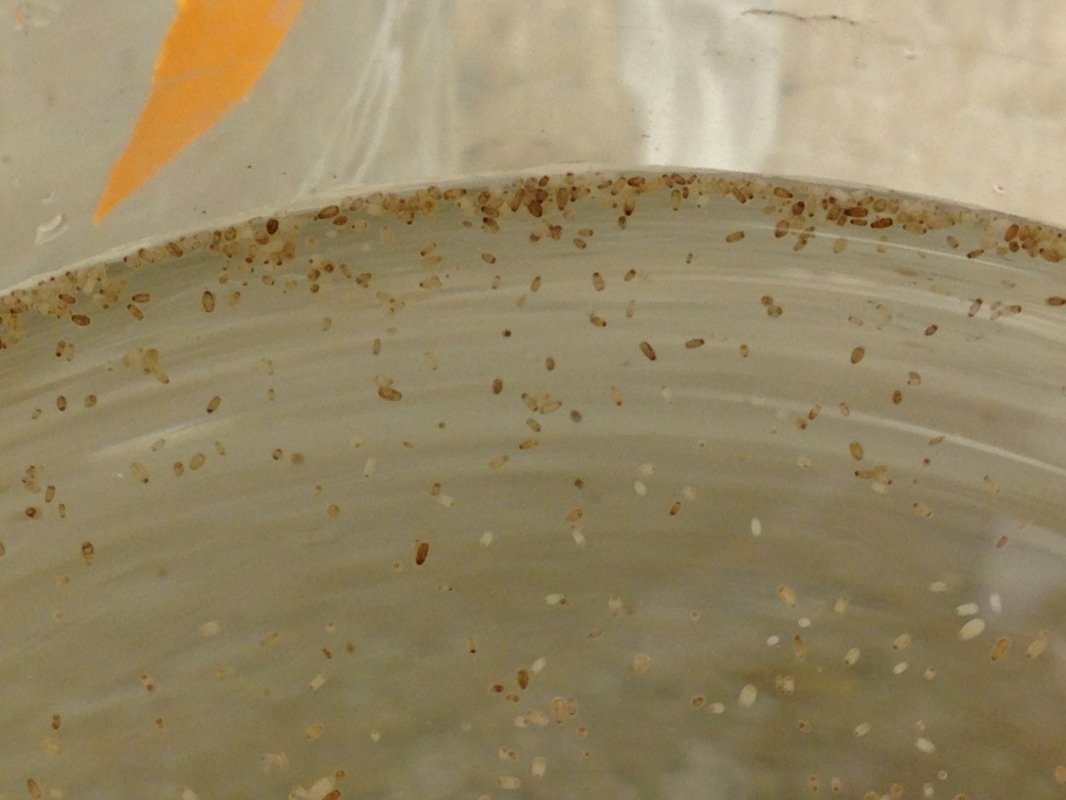
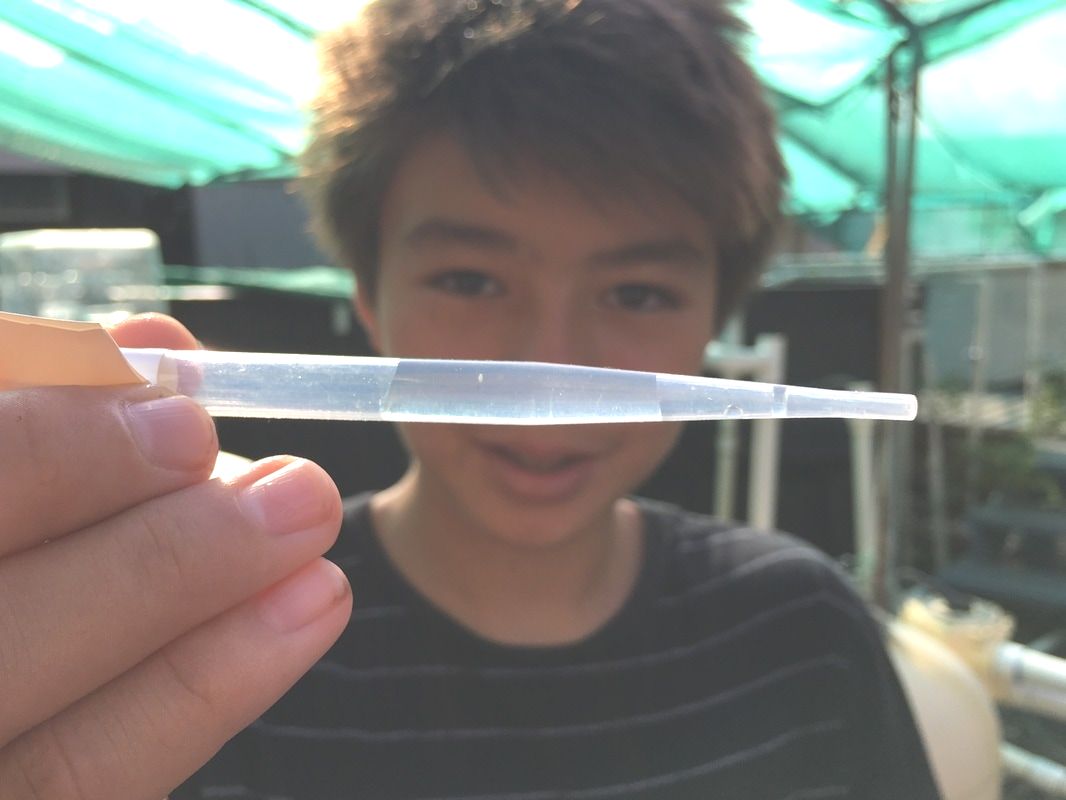
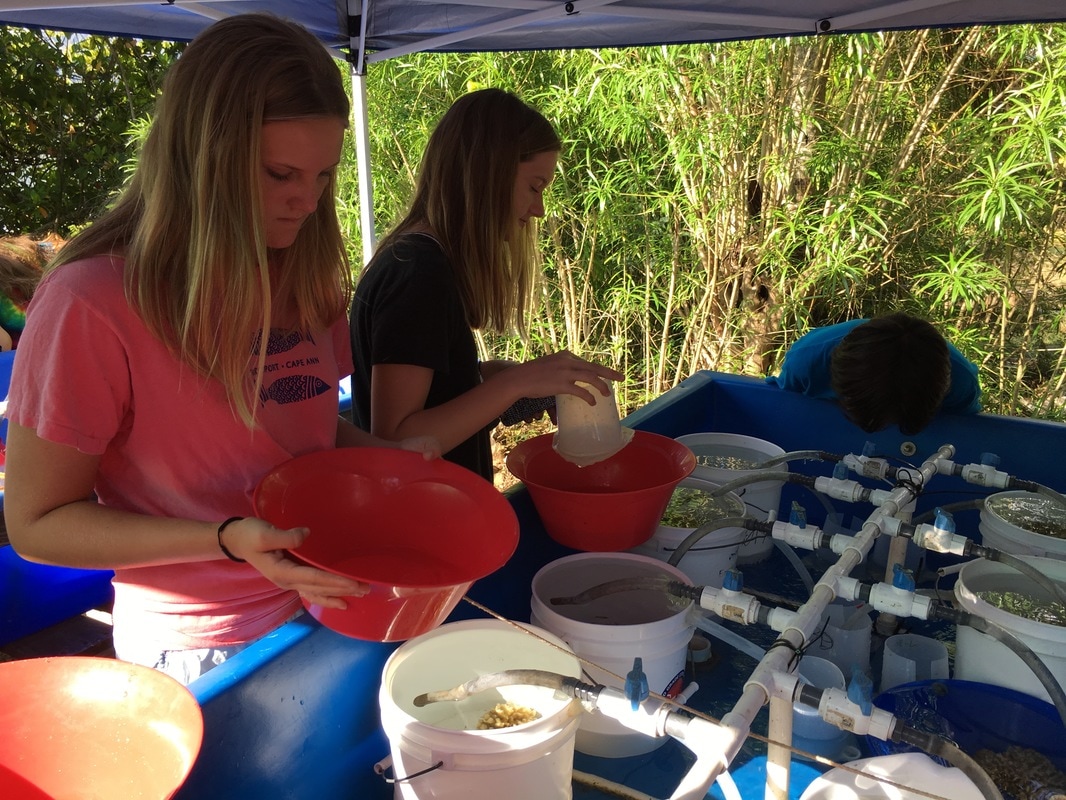
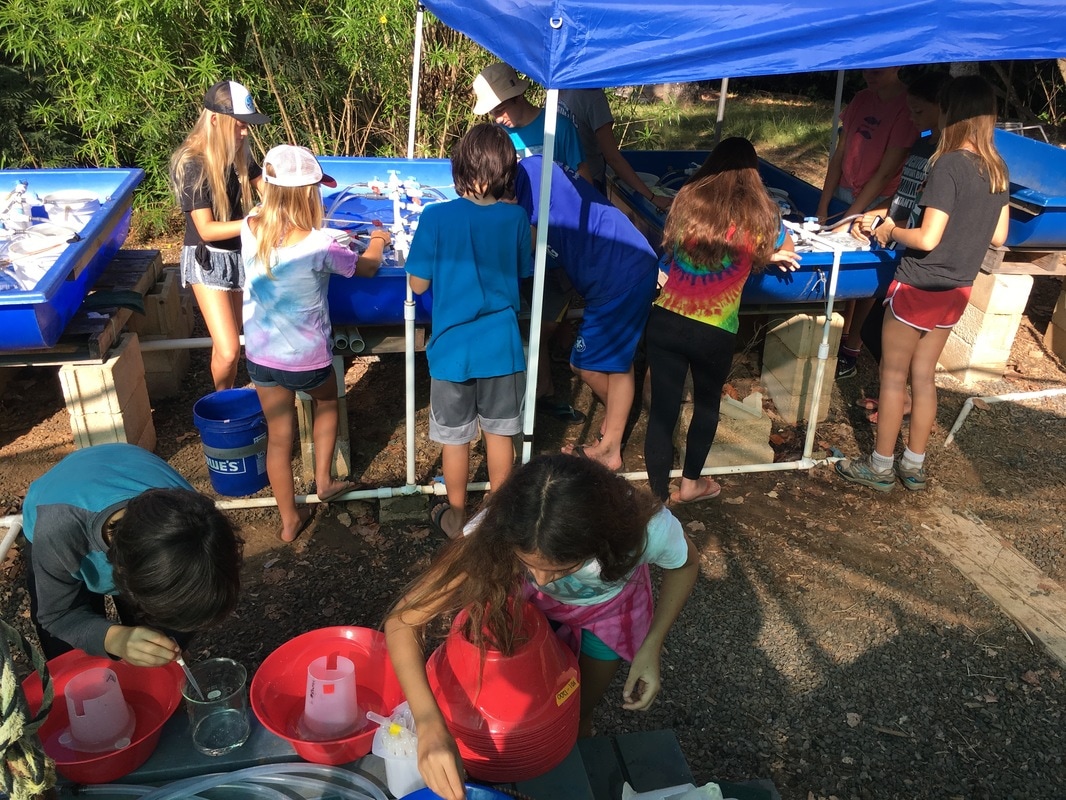
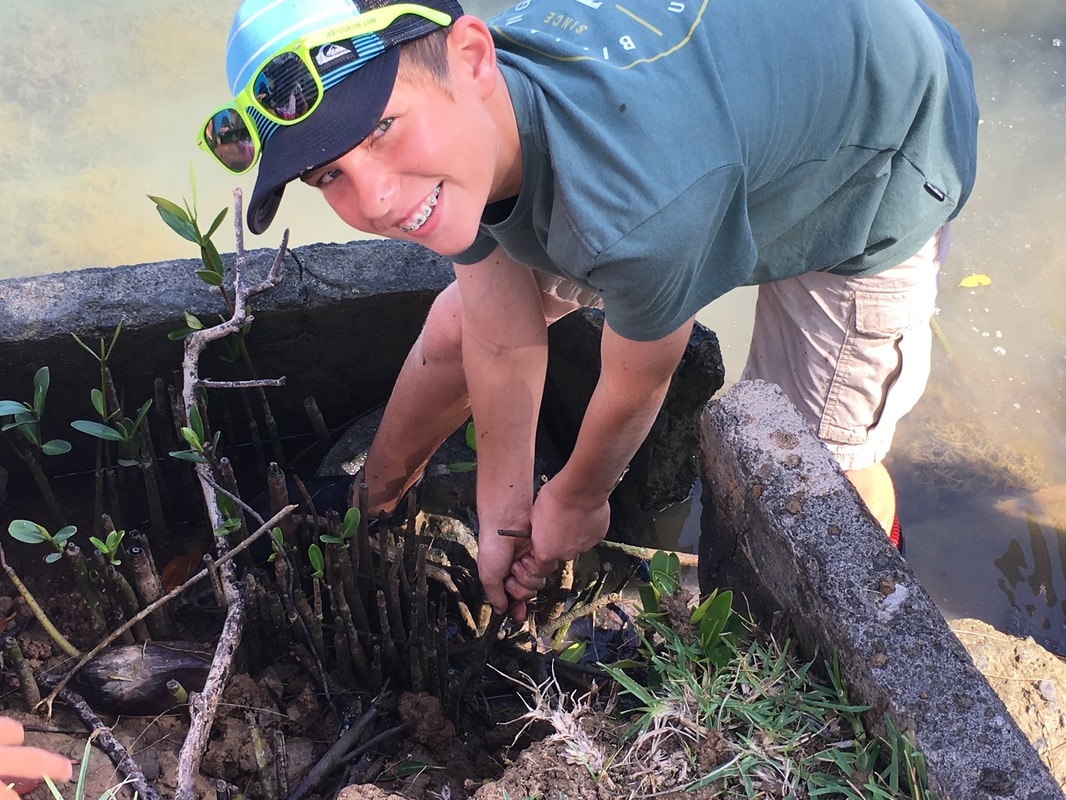
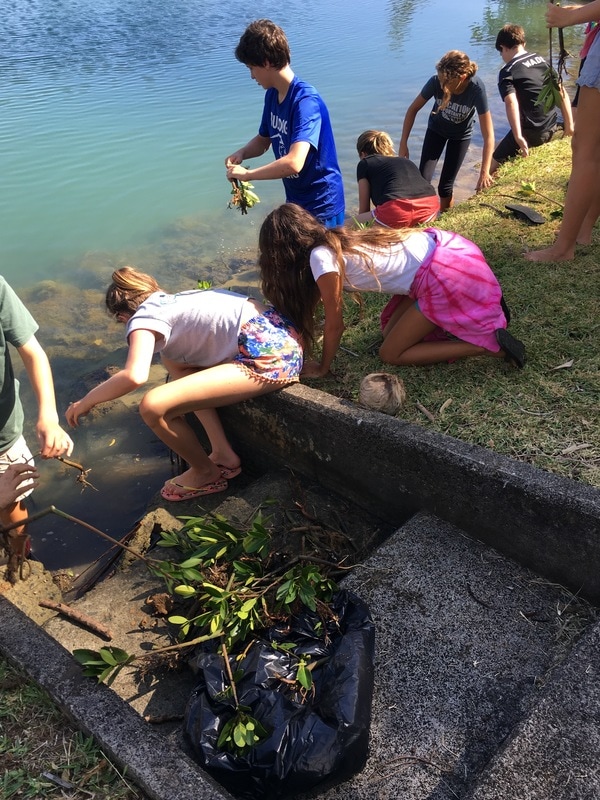
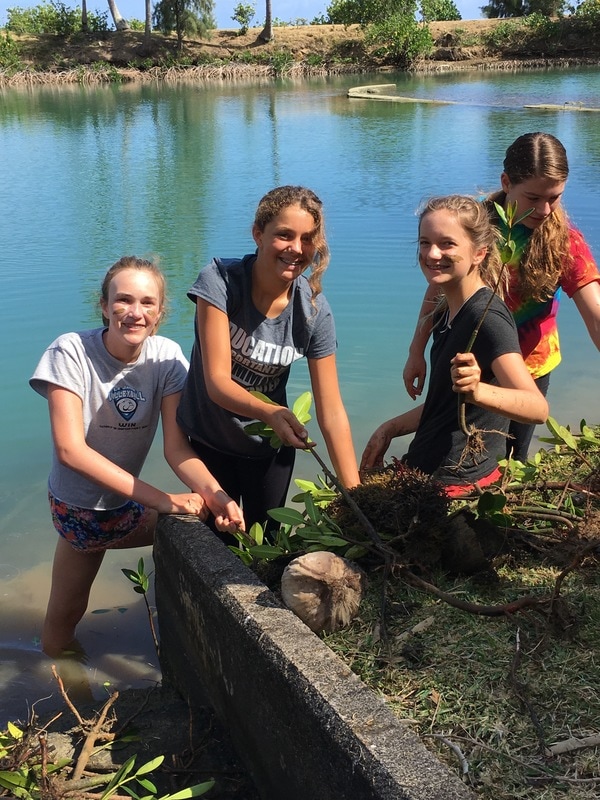
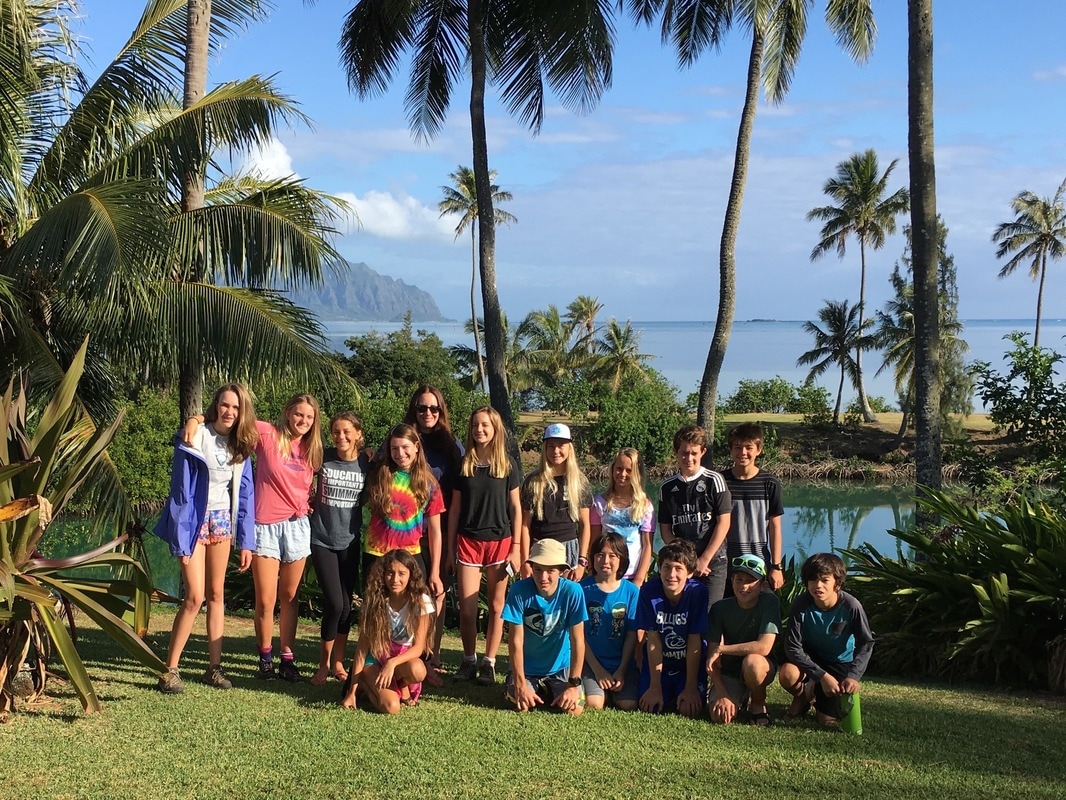
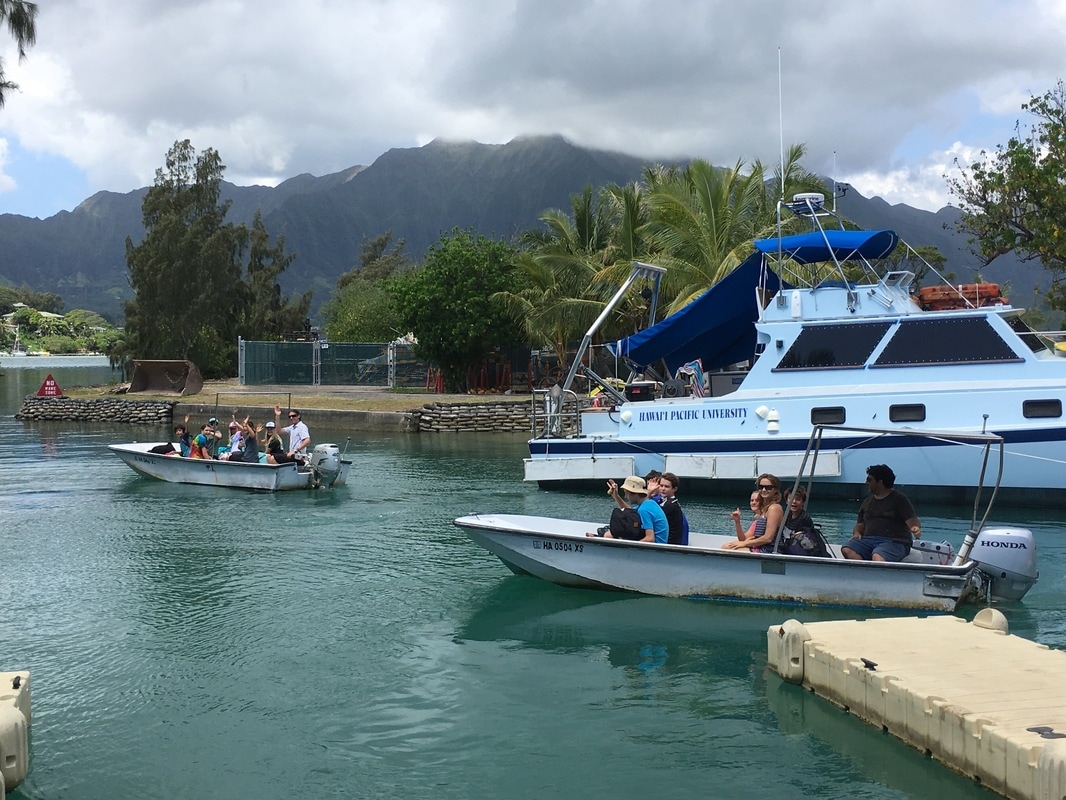
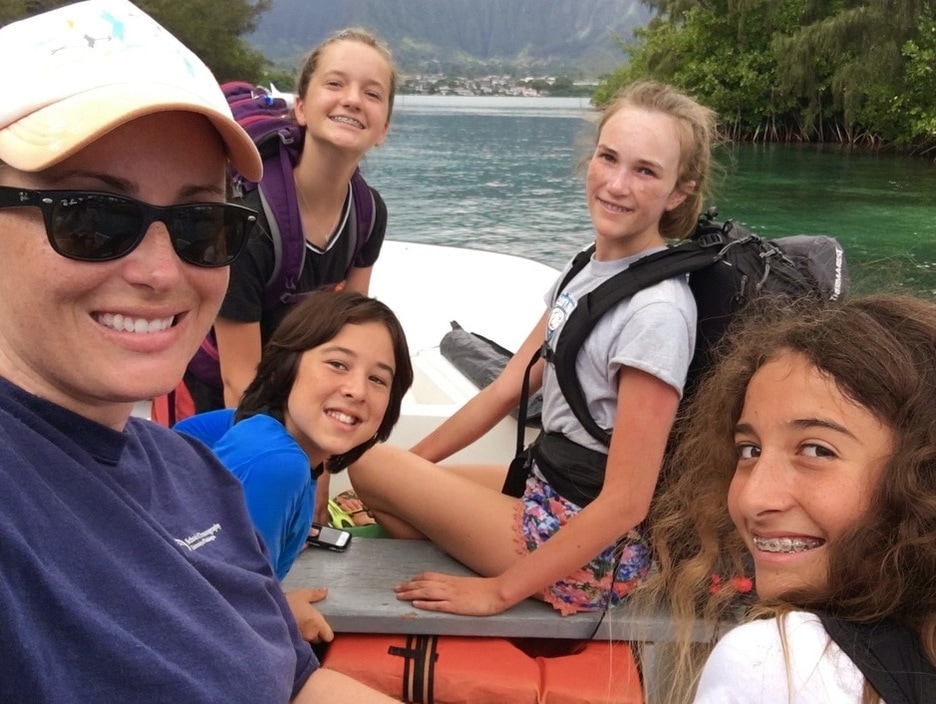
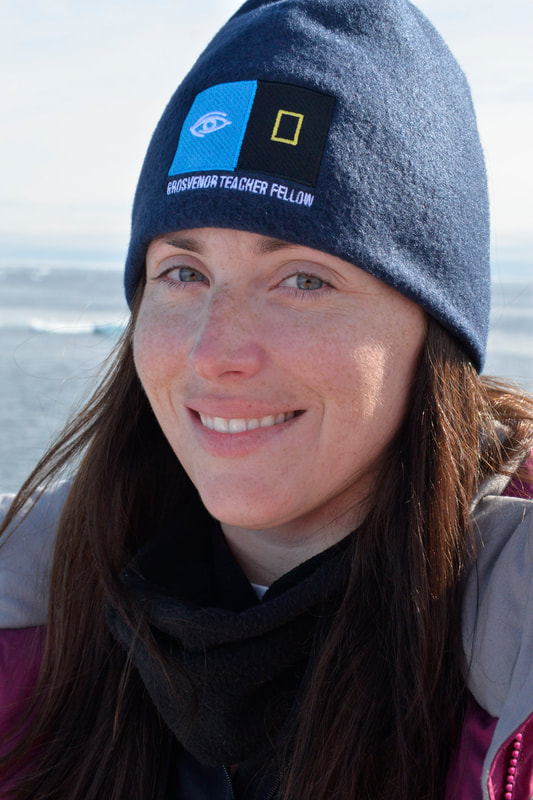
 RSS Feed
RSS Feed